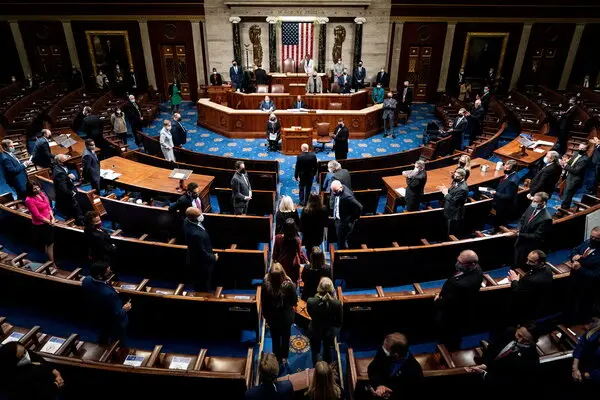When Donald Trump, a political outsider, defeated Hillary Clinton in the 2016 U.S. presidential election, he described his victory as “beautiful,” despite it being a surprise to many and contradictory to most polls. Clinton, the Democratic candidate, received nearly three million more votes nationally, which left many, especially non-Americans, questioning how the candidate with fewer votes could become president.
Trump’s win followed the requirements of the U.S. electoral system: securing enough individual state victories to surpass 270 Electoral College votes, the threshold needed to claim the White House. Now, as Trump prepares to face Democratic candidate Kamala Harris in the 2024 election, this complex and often-debated system is once again under scrutiny.
Why Does the U.S. Use the Electoral College?
The U.S. Electoral College consists of 538 members who meet in their state capitals after the presidential election to determine the winner. A candidate must obtain a majority — at least 270 of these votes — to become president.
The system, created in 1787 through the U.S. Constitution, was a compromise by the Founding Fathers. They wanted to avoid both direct popular voting and a system where Congress alone would select the president, aiming instead for a balanced approach.
In today’s elections, most states lean predictably Republican or Democratic, so candidates focus their efforts on swing states where the outcome is uncertain. As a result, they largely ignore states like California and Texas, which are reliably Democratic and Republican, respectively.
Over the years, Congress has seen hundreds of proposals to reform or abolish the Electoral College, yet none have succeeded. Trump’s unexpected 2016 win revived debate over the system, and if 2024 proves as close as expected, the Electoral College will again come under intense scrutiny.
Who Are the 538 Electors?
Electors are usually local officials or party leaders, but voters don’t see their names on the ballot. Each state’s number of electors equals its representation in Congress — combining its seats in the House and its two senators. California, for example, has 54 electors, Texas has 40, while smaller states like Alaska, Delaware, Vermont, and Wyoming each have just three.
Washington, D.C., has three electors, even though it lacks full congressional representation. States decide how their electors vote, and in most cases (except Maine and Nebraska, which split some electors by district), the candidate who wins the state’s popular vote takes all its electors.
US Electoral College- A Controversial System
Trump won 306 electoral votes in 2016, comfortably passing the 270 required. However, he lost the popular vote by nearly three million — a controversial situation that isn’t unprecedented in U.S. history.
Five presidents, starting with John Quincy Adams in 1824, have won the presidency despite losing the popular vote. In 2000, the election saw a heated dispute in Florida between Republican George W. Bush and Democrat Al Gore. Although Gore had nearly 500,000 more votes nationwide, Bush’s narrow victory in Florida, after a Supreme Court intervention, secured him the presidency with 271 electoral votes.
True Vote or Formality?
The Constitution does not mandate that electors follow the popular vote. While some states require electors to vote according to their state’s choice and may fine those who don’t, the Supreme Court ruled in 2020 that states could impose penalties on so-called “faithless electors.” However, faithless electors have never changed the outcome of a U.S. election.
The Electoral College Timeline
Electors are scheduled to meet in their state capitals on December 17 to vote for president and vice president. According to U.S. law, they “meet and cast their vote on the first Tuesday after the second Wednesday in December.”
On January 6, 2025, Congress will certify the election results — an event viewed with heightened anticipation, especially after the January 6, 2021, attack on the U.S. Capitol when Trump supporters attempted to disrupt the certification of Joe Biden’s victory. Last time, then–Vice President Mike Pence presided over the certification amid pressure from Trump’s supporters. This time, Vice President Kamala Harris will oversee the process. Finally, on January 20, 2025, the newly elected president will take the oath of office, marking the formal transfer of power.














